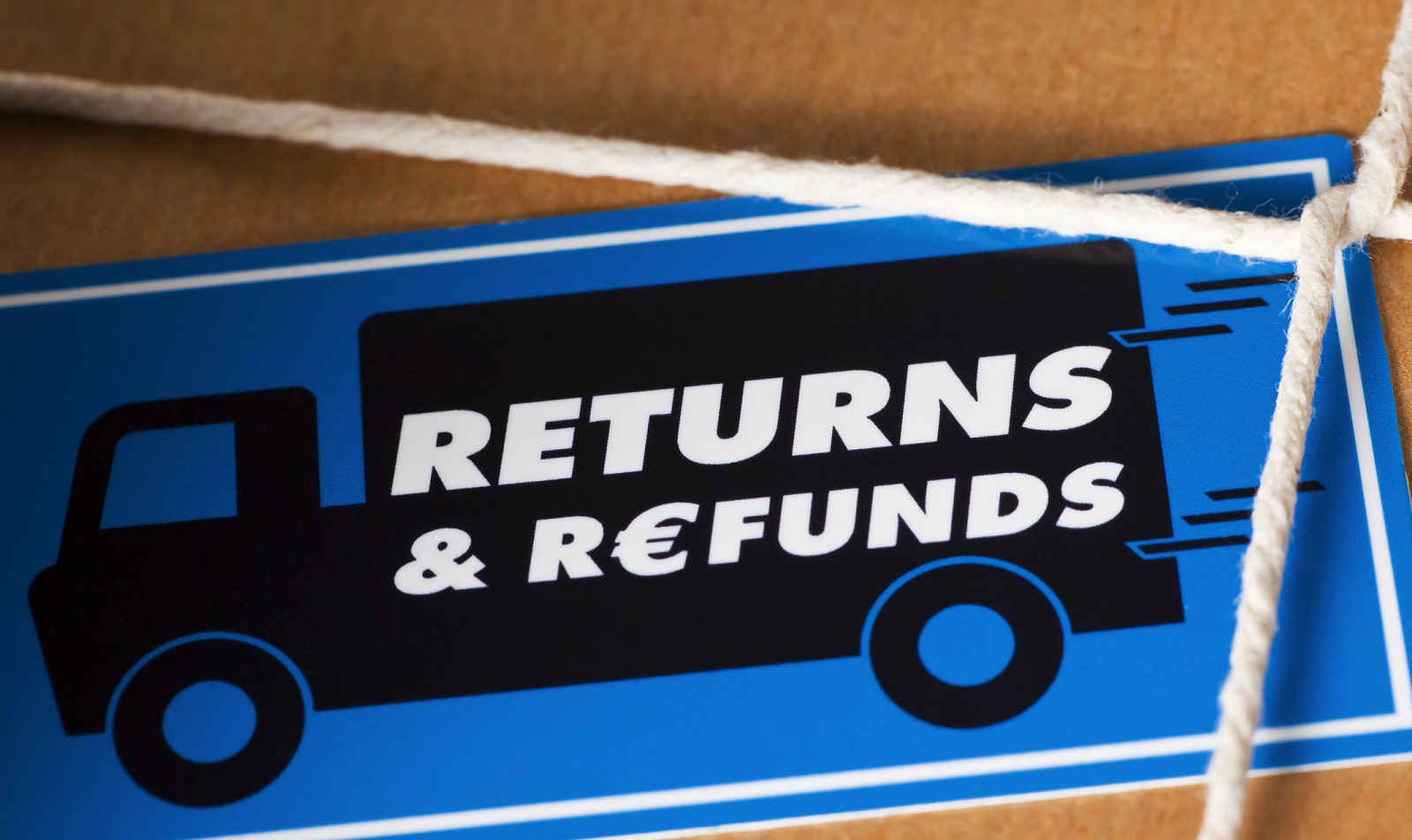
While you may notice that some stores are letting you keep your returns under so-called "keep it" policies that help them defray costs, others are beginning to crack down on those very same return policies.
Why? Two words: Return Fraud.
Retailers are projecting that, in the aftermath of the 2023 holiday season, fraudulent returns will account for $24.5 billion of the $148 billion total worth of returns, according to a January 29 CNBC report,
As Kiplinger previously reported, when an item is low-cost or does not make economical sense for a person to return, many retailers will issue a refund and allow the customer to keep the item.
But online shopping has fueled an increase of people taking advantage of these new cost-saving measures. According to the CNBC report, some fraudulent shoppers lodge complaints about merchandise never being received and others return stolen goods or send back a totally different item altogether.
The news comes as both in-store and online 2023 holiday retail sales were better than expected, with studies showing that consumer spending last month still had momentum, as Kiplinger’s latest Retail Outlook report shows. Online sales, for example, rose 1.5%, while in-store sales grew 0.4%, thanks in part to a whopping 3% spending increase at department stores and 1.5% increase at clothing stores.
Will it last?
According to a Business Insider report last November, the practice of reporting items as missing or damaged goods, in particular, costs major retailers such as Walmart and Amazon millions. In one incident noted in the report, a crime ring banded together to falsely start refunds or returns on the completed online orders of shoppers.
Schemes like that may be behind why some retailers have clamped down when it comes to return policies.
According to a 2023 holiday forecast by returns management platform goTRG, a growing number of retailers were planning to shorten their return windows and some were implementing return fees for the first time in a year. The report linked the actions to the need for retailers to maintain profitability and offer competitive prices.
But making returns harder on shoppers could be a fleeting approach as analyst Sucharita Kodali told NPR in December 2023 report.
“I don't see strict return policies lasting for that long. It's a pendulum that swings back and forth," Kodali told NPR. "It depends on economic sentiment, consumer confidence, whether or not the retailer is financially well-positioned or not, how much inventory they have in stock, etcetera, etcetera."
While most holiday return windows have already come and gone, it may be worth brushing up on some of the major retailers’ return guidelines and policies for your next shopping trip.
From one store to another, policies and procedures — besides the length of time that you're given to make a return — can differ.
For example: Costco shoppers can return items at any time, while Target Red Card holders are given an additional 30 days to return items on top of its regular return policy. Nordstrom, on the other hand, has no time limits, but only accepts returns on a “case-by-case basis.”







